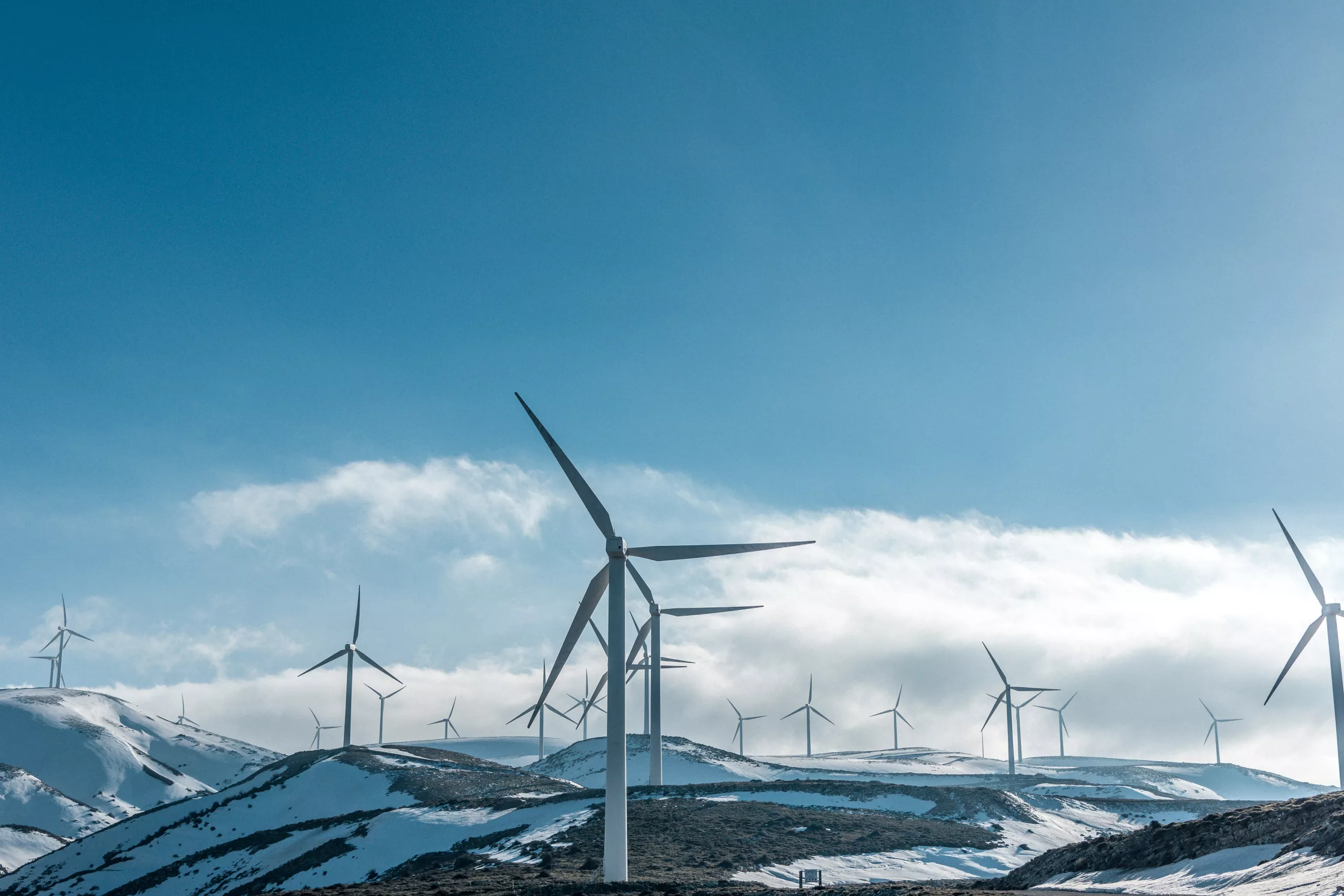The Current State of Energy and the Bright Future Ahead
In our relentless pursuit towards a low carbon future, the pace of change has been nothing short of remarkable. The continuous efforts of organizations like the RMI have paved the way for a transition that is not just imminent, but already unfolding in different pockets of innovation across the globe.
The Inefficiency of Current Energy Systems
If we chart out the energy landscape, as shown by Sankey diagrams, the inefficiency of our current systems becomes glaringly obvious. A significant portion of the primary energy used today is wasted, lost as heat during the combustion of fossil fuels. But as we shift our focus to low carbon energy sources, the picture starts to change. Renewables like solar, nuclear, and wind introduce a level of efficiency that is set to redefine the very framework of our energy consumption.
Redefining Efficiency: The Power of Electrification
Consider the transformative power of electrification. Its role doesn’t end with merely providing an alternative to fossil fuels; it amplifies efficiency and ushers in an era where energy requirements shrink despite maintaining, or even enhancing, societal comforts. The math behind this transition is compelling. Studies hailing from institutions like Stanford, and prolific thinkers in the energy sector, all point to the same conclusion: renewable energy and electrification will halve our energy needs compared to current levels.
Revolutionizing Energy Generation and Storage
Wind, solar, and battery technology have seen costs plummet, making them the champions of a new energy era. The once-contentious issue of their intermittency is becoming a relic of the past as grids worldwide marvel at the reliability they bring. Case in point, Denmark and Germany are showcasing that high renewable penetration on the grid doesn’t compromise reliability—in fact, it can enhance it.
Understanding Energy Storage Beyond Batteries
The quest for energy storage is dynamic, with new forms like pumped hydro and redox flow batteries gaining prominence. While lithium-ion batteries are the current poster child for short-duration storage, the future is vast—with projects like the 10,000-kilometer sub-Saharan Africa Supergrid illuminating the potential of large-scale renewable integration across continents.
Transportation: Shifting Gears Towards Electrification
The realm of transportation is undergoing an electrifying revolution. Battery-electric vehicles have claimed their throne, and this shift is accelerating with initiatives across the globe. From the bustling streets of India to the progressive policies in Denmark, the move away from internal combustion engines is palpable and unstoppable.
Maritime Shipping and Aviation: Charting New Routes
Maritime shipping and aviation, traditionally seen as stubborn domains when it comes to decarbonization, are witnessing innovative strides. A considerable portion of global shipping is attributed to transporting fossil fuels—a demand that is set to diminish as the world turns away from them. Meanwhile, solutions for cleaner fuels, improved energy storage, and optimized operations are advancing the green agenda in both sectors.
The Mineral Question: Sustainability in the Age of Electrification
A topic of intense debate in the transition to a greener world is the extraction and use of minerals. The stark contrast between the unsustainable one-time use of fossil fuels and the recyclability of minerals like lithium and aluminum sheds light on a sustainable pathway for these resources. Substitution, recycling, and efficient use stand as the touchstones of a circular economy in the age of electrification.
Industrial Heat: Seeking Practicality Over Novelty
Industrial heating processes stand on the precipice of a practical revolution. Heat pumps, induction stoves, and electric arc furnaces are among the several existing technologies capable of meeting our heat demands. Heat storage is also an area with significant potential, particularly for industrial applications and domestic hot water solutions.
Agriculture and Hydrogen: A Dose of Green Innovation
The agricultural sector too is ripe for a green makeover. Innovations like drone agriculture and bioengineering are bolstering efficiency and sustainability, all while minimizing emissions. Hydrogen, meanwhile, is gradualling stepping away from its problematic origins toward a future where it supports industries like ammonia production without contributing to climate woes.
Concluding Thoughts: The Journey to Net Zero
As our journey to a low carbon future gains momentum, it’s imperative to remember the profound impact of replacing fossil fuels with electrification and renewables. This isn’t just a technical challenge; it’s an economical, and societal shift that is absolutely achievable. We are on the cusp of truly sustainable development, one that promises a future that is not just survivable, but prosperous.
